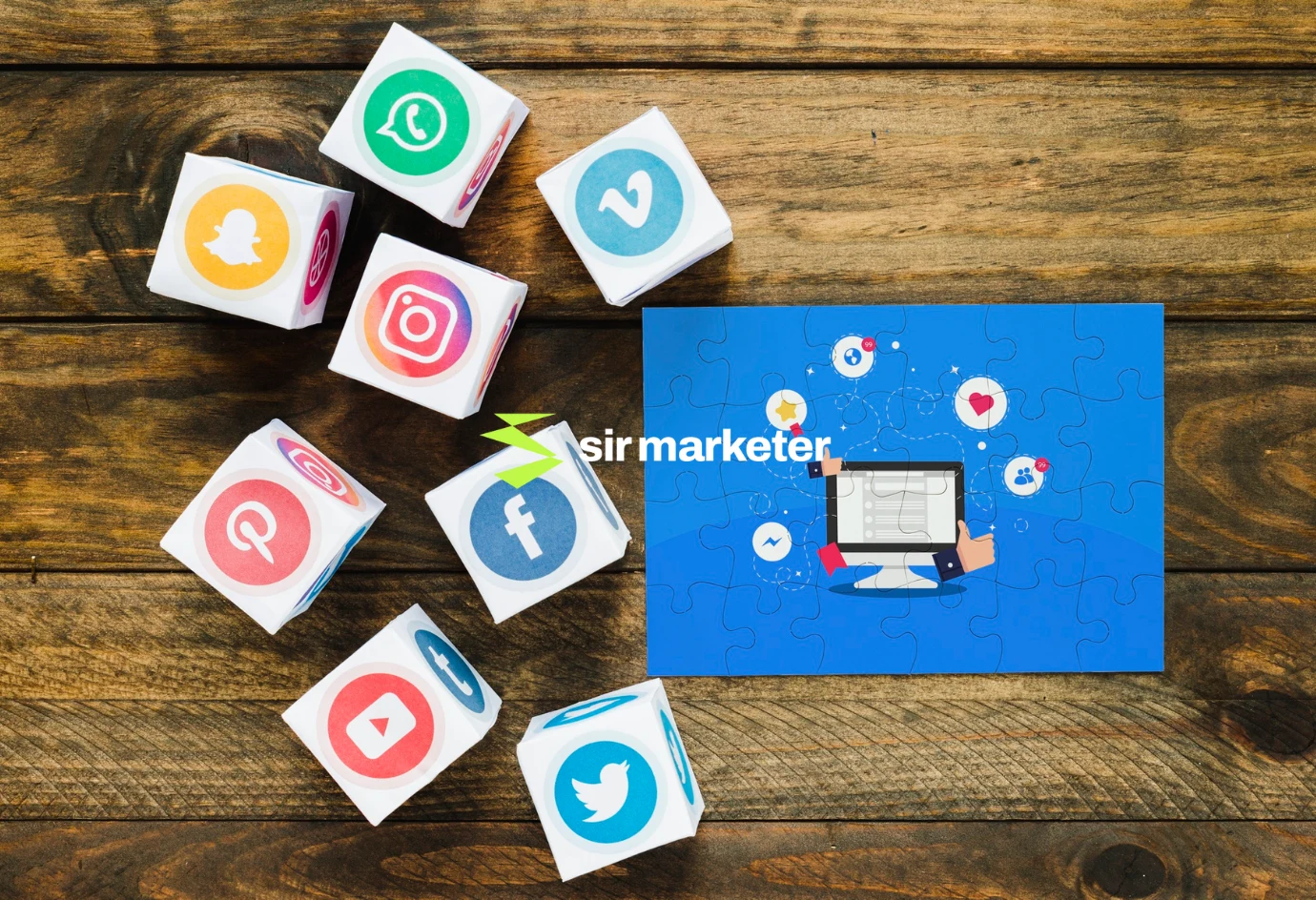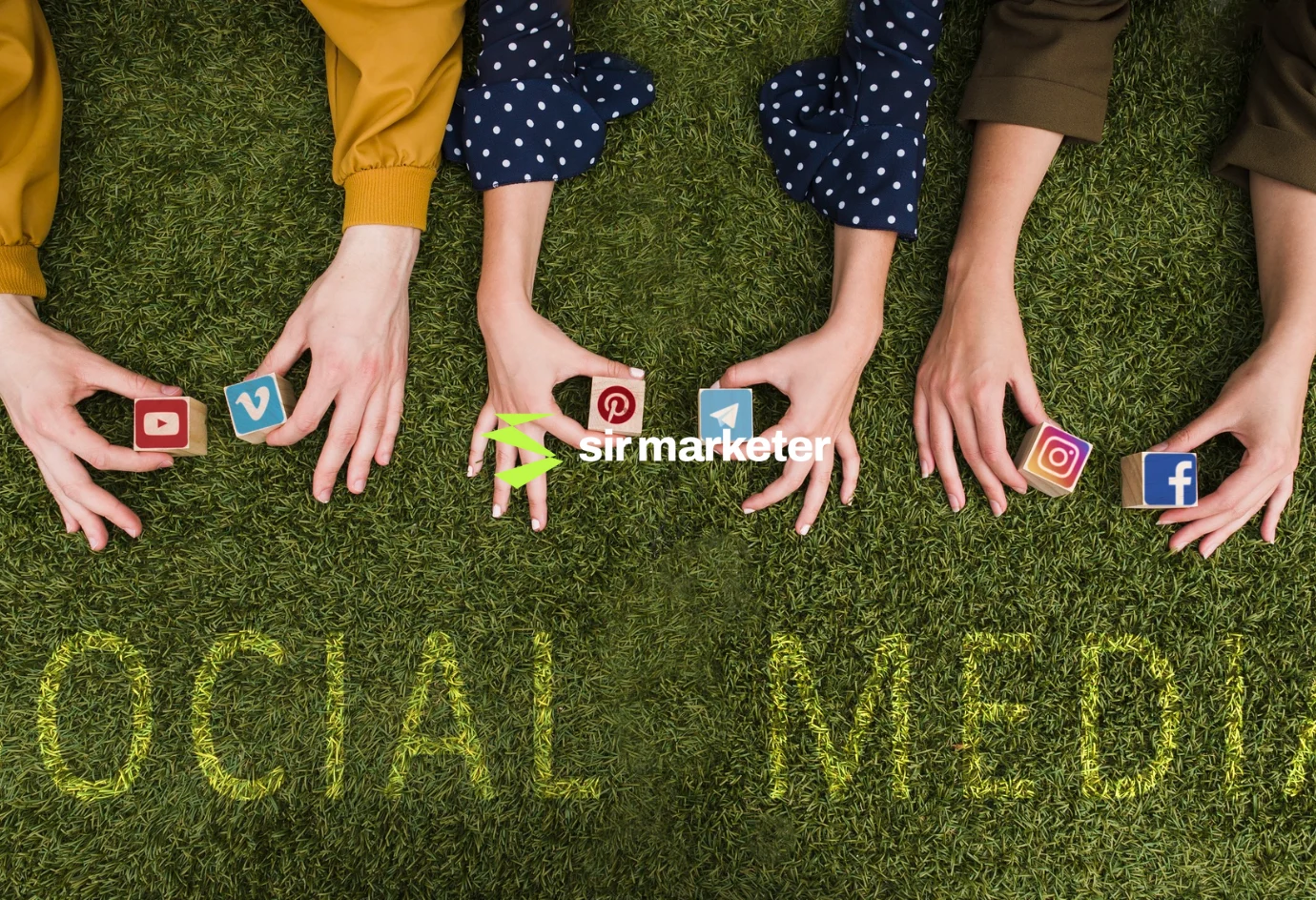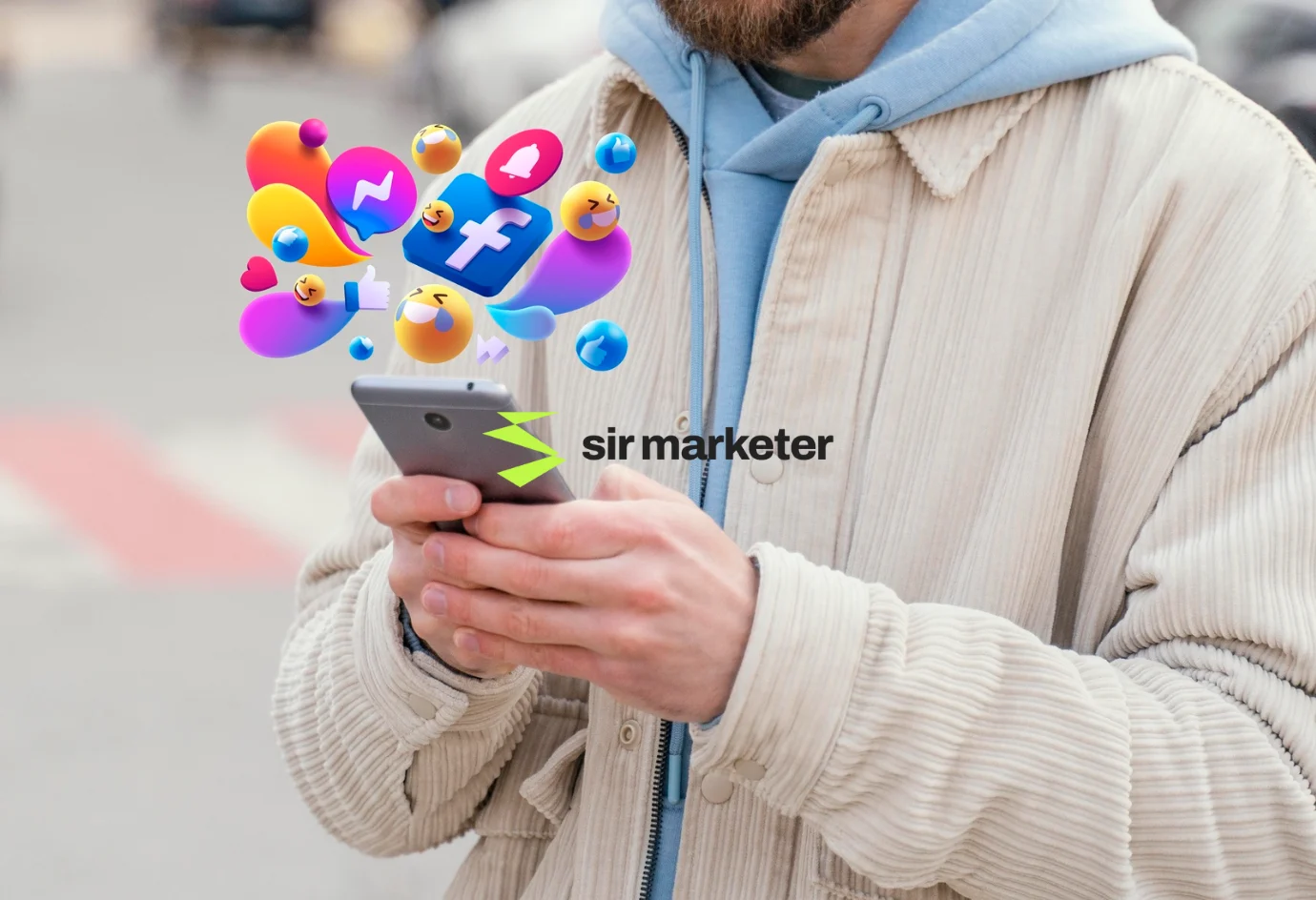

In the ever-evolving world of digital marketing, social media reach is still one of the most important metrics to track. Whether you’re a startup, influencer, or enterprise-level brand, your success often depends on how many people you can reach—and how engaged they are.
But as platforms evolve and competition grows, the debate around organic vs paid reach has taken center stage. Should you invest in ads, or keep it authentic and grow naturally?
In this blog, we’ll break down the difference between organic and paid social media reach, explore their pros and cons, and help you determine how to use both to scale your digital presence in 2025.

“Paid reach puts you in front of people. Organic reach makes them stay.”
— Sir Marketer, Digital Dream Team

Organic reach refers to the number of people who see your content naturally, without any paid promotion. These viewers are usually your followers or people who discover your post via hashtags, shares, or the platform’s algorithm.


Paid reach involves paying to promote your content to a larger audience. This typically happens through boosted posts, sponsored content, or advertising campaigns on platforms like Facebook Ads, Instagram Ads, LinkedIn Sponsored Posts, and TikTok Ads.


While both aim to get your content seen, they differ in intent, execution, cost, and results.
1. Cost
2. Speed
3. Control
4. Credibility
5. Longevity

Pros:
Cons:

Pros:
Cons:

Organic is ideal when:
Use organic strategies like:

Paid is the way to go when:
Paid strategies include:

The most effective social media strategies in 2025 use a hybrid model.

This approach reduces ad spend waste and builds long-term brand equity.

TikTok

Both require tracking, but they focus on different KPIs.
Organic Metrics:
Paid Metrics:
Use native insights (Meta Business Suite, LinkedIn Analytics, etc.) + tools like Metricool or Google Analytics for better reporting.

Myth 1: Paid reach is always better than organic.
Reality: Paid without trust = wasted money. You need organic for depth.
Myth 2: Organic reach is dead.
Reality: It’s harder—but not dead. Platforms like LinkedIn and TikTok still reward strong organic content.
Myth 3: One post can go viral and change everything.
Reality: Virality is great, but consistency wins long-term.
The difference between organic and paid social media reach is not about which one is better—it’s about understanding how they work together.
The smartest brands in 2025 know this: reach without resonance means nothing.
So build a presence that people connect with—then amplify it.
Our team will answer all your questions. we ensure a quick response.